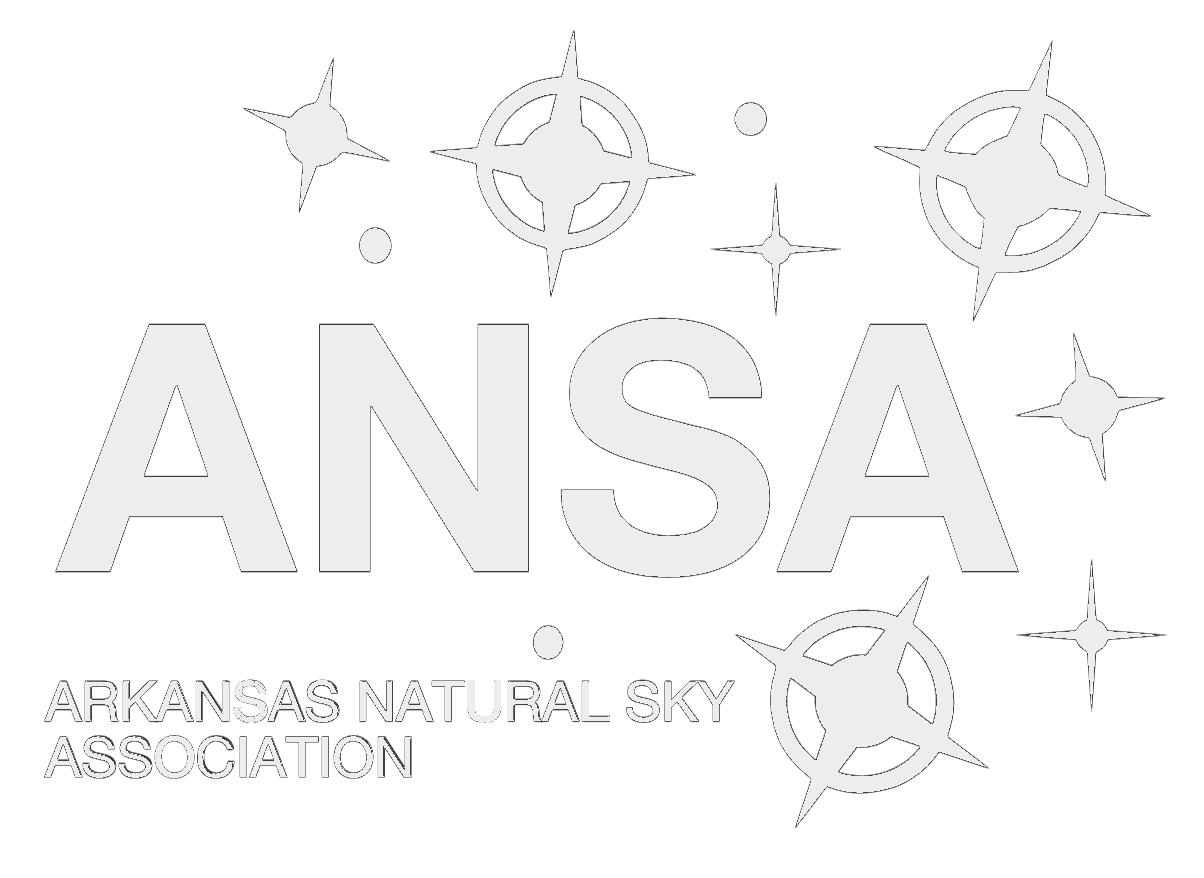Light Trespass Problems?
Light Trespass – When is it objectionable and what you can do about it?
Properly selected and installed, outdoor fixtures should not put light directly up into the sky (uplight), nor on other people’s property (spill light) in objectionable levels and certainly not into their homes. (IESNA G-1-03 - 3.2)
As little as one lux has been shown to interfere with the normal hormonal response to the diurnal cycle of night and day. JF Duffy and CA Czeisler, “Effect of light on human circadian physiology”, Sleep Med Clin. 2009 June: 4(2): 165-177.
So pouring light into someone's bedroom is not a small matter. However, light can be an irritant anywhere it is unwanted. People should not have to go through a daily process of covering and uncovering their windows – each night and day - because someone else is careless with their outdoor lighting.

Light trespass victim reading a book 260' from offending fixture.
How much light is objectionable?
The Obtrusive Lighting Committee of the Illumination Engineering Society of North America performed a study of this question in which a collection of volunteers were asked to rate a number of lighting scenarios, (IESNA TM-11-00). While predictably there was a range of responses among the participants, the committee established guidelines for objectionable spill lighting based on levels that the average participant found to be “Very objectionable” – level 4 on a five point scale.
What is deemed objectionable naturally depends, in part, on the ambient lighting level of the setting. Accordingly, guidelines were set for four different conditions ranging from intrinsically dark landscapes, such as a national park (E1) through to dense urban areas with commercial activity and high levels of nighttime activity (E4). Between these extremes, low ambient light levels such as one might find in rural and suburban areas were classified as (E2) and medium levels, such as urban residential areas (E3).
It is a simple matter to determine whether this guideline is being exceeded, by taking a reading at the property line using a suitable light meter.
Environmental Zone
Pre-Curfew Limitations*
Post-Curfew Limitations*
E1
1.0(0.10)
0.0(0.00)**
E2
3.0(0.30)
1.0(0.10)
E3
8.0(0.80)
3.0(0.30)
E4
15(1.50)
6.0(0.60)
*Lux (footcandles) values on a plane perpendicular to the line of sight to the Luminaire(s)
**Where safety and security are issues, nighttime lighting is needed. Such lighting should meet IESNA recommendations for the particular property being lighted. Lighting should be designed, however, to minimize light trespass.
What you can do about light trespass.
If you are a victim of light trespass please let us know by subscribing to our trespass victims list. Growing this list will help us move public policy to address this problem.
The next thing to do is bring the issue up with your neighbor. Tell them your concern and suggest a reasonable solution. Usually, shielding and proper aiming will do, though sometimes a new fixture or relocation of a fixture is required. Ideally, of course employing a motion sensor would be part of the solution. You might refer them to the companion webpage, Responsible Lighting. Some even offer to share in the expense of a remedy.
If discussions don’t work, in a civilized urban setting there will be an ordinance that precludes such offenses and you can lodge a complaint with the code enforcement office. However, in most instances, in this state, there will be no such ordinance.
In that case, you should write your city council representative and mayor to complain about the lack of an ordinance to protect people from lighting abuse and copy us at [email protected]. Most cities don't keep records of such complaints and copying us provides a basis to push for such ordinances when we can show a record of complaints over time.
In the absence of local government assistance, the only practical course forward is to document the level of trespass and advise the offending property owner of your right to bring a private nuisance claim seeking damages and injunctive relief in Circuit Court if the problem is not resolved.
To explore this option, email [email protected] with contact information and a summary of your situation. Attaching some photos can be a help. We can then discuss whether getting spill-light measurements to present to your neighbor and if need be a court makes sense in your situation. Hopefully, documenting the spill light and educating your neighbor of your legal rights will resolve the situation.
An ordinance is obviously the better solution, but unless people complain we can’t really make that happen.
PS Email us, [email protected], if talking to your neighbor works as well. We would love to hear success stories.
